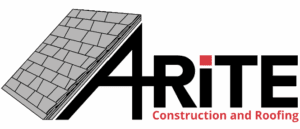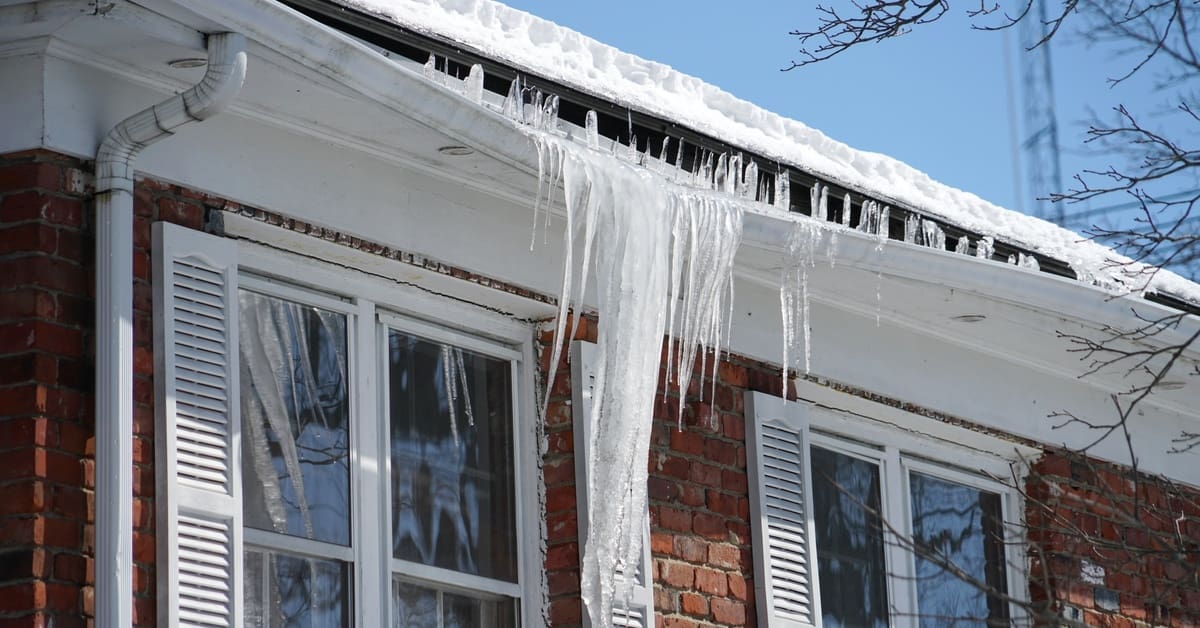Choosing new windows requires you to think about more than just style. Energy efficiency is an important factor you need to consider, and it will help keep your utility bills in check. The right windows help keep your home cool in summer and warm in winter, all while making sure you don’t pay to consistently heat or cool the outside air coming into your home. Selecting the right option can seem complex, but knowing what to look for makes the process clear and manageable. Here’s a helpful breakdown for homeowners wanting to learn how to compare energy efficiency ratings for windows and make smart decisions for their homes.
What Is the National Fenestration Rating Council?
The National Fenestration Rating Council (NFRC) sets the standard for how windows, doors, and skylights get rated for energy performance. As an independent nonprofit, the NFRC gives you trustworthy data through its labels. You will see these labels on any certified product, providing all the performance numbers you need.
The organization does not promote specific products or require minimum scores. Instead, NFRC aims to empower you with transparent details to help compare your choices based on tested energy performance. That way, you can focus on what meets your home’s needs and your local climate.
How Do You Read an NFRC Label?
Every NFRC label packs several metrics into one easy-to-read sticker. It lists key measurements that together define energy efficiency, and each rating gives you information on a specific aspect of performance.
You will usually see four main numbers indicating the U-Factor, solar heat gain coefficient (SHGC), visible transmittance, and air leakage. Some labels may mention condensation resistance as well. Understanding each value helps you size up your options with confidence.
What Does the U-Factor Rating Mean?
The U-Factor tells you how well a window holds onto warmth inside your home. In colder climates, this number matters most. U-Factor ratings typically run between 0.20 and 1.20.
Lower U-Factors mean better insulation. You’ll keep more heat in during winter and spend less on heating. If you’re comparing different window models, look for the lower numbers to spot premium insulation.

How Does the Solar Heat Gain Coefficient Work?
The solar heat gain coefficient (SHGC) measures how much outside solar heat gets in through a window. The rating falls between 0 and 1.
A lower SHGC can keep your spaces cooler in sunny climates, helping shrink cooling bills. Up north, though, a higher SHGC can bring in passive warmth during colder months. The best SHGC comes down to your typical weather and which way your windows face.
You can balance SHGC with smart design choices. South-facing windows, for example, bring in more sunlight, which can be a benefit in cooler regions during winter. Adding exterior shading devices or using trees and shrubs as strategic landscaping keeps homes comfortable by blocking unwanted summer sun. Coordinating SHGC ratings with orientation and natural shading gives you more control over heat gain all year long.
Why Is Visible Transmittance Important?
Visible transmittance (VT) shows how much daylight passes through a window pane, scored from 0 to 1. A higher VT rating means your rooms get more natural light.
Brighter spaces can lift your mood and reduce the need for lamps during daylight hours. Keep in mind, though, windows designed to block heat may also filter out some light.
What Should You Know About Air Leakage?
Air leakage (AL) reveals how much air sneaks in or out through the joints and seals. This measurement is in cubic feet per minute per square foot. You want a lower AL, as it means smaller drafts and more consistent indoor temperatures.
Most quality windows have an AL rating from 0.1 to 0.3. Fewer drafts will boost your comfort and avoid wasting energy.
Do All Labels Have Condensation Resistance Ratings?
Some NFRC labels mention condensation resistance, which is measured on a scale from 1 to 100. Higher ratings signal better prevention of water droplets forming on the inside glass.
Condensation does more than just obscure your view. Over time, it can damage frames or surrounding walls. A higher score in this area helps keep finishes looking sharp, especially in humid climates or homes prone to moisture.

How Does ENERGY STAR Relate to NFRC Ratings?
The ENERGY STAR program from the EPA takes NFRC data and sets minimum efficiency requirements that vary by US region. If you see the ENERGY STAR label, that window meets or beats the standard in your climate.
ENERGY STAR helps you spot efficient options faster when you don’t want to sift through all the numbers. Still, checking the actual NFRC label allows you to compare fine details between similar choices.
How Do Climate Zones Affect Window Choice?
The US has four ENERGY STAR window climate zones: Northern, North-Central, South-Central, and Southern. Each has its own ideal mix of U-Factor and SHGC for maximum performance.
For example, Wisconsin is in the Northern zone, where retaining heat matters most. Windows there need a low U-Factor. Meanwhile, in Florida, windows with lower SHGC shine. Always confirm your zone and target the ratings that match.
What Other Factors Influence Window Efficiency?
While ratings matter, the construction and materials of a window play a big role in performance. Important features include:
- Frame Material: Vinyl offers good insulation and low maintenance at an affordable price. Wood frames provide excellent insulation and classic style but need regular upkeep. Fiberglass stands out for durability and stability, while composite frames balance strength, style, and thermal resistance.
- Glazing: Double- or triple-pane glass holds in more air or gas, boosting insulation and keeping energy loss low.
- Gas Fills: Argon or krypton gases between panes add efficiency, making it harder for heat to escape or enter.
- Low-E Coatings: These thin metallic layers reflect heat without blocking natural light.
When planning a window replacement, considering these features together helps you find windows that will maximize performance, comfort, and your home’s value.
How Can You Make a Final Decision?
After you compare the energy efficiency ratings for new windows, you can align your choices with your goals, style, and budget. Start by browsing ENERGY STAR–approved windows for your zone. Then, check NFRC labels to weigh multiple factors, especially the U-Factor and SHGC side by side.
It’s also essential to work with skilled local professionals for installation. Top-tier windows won’t perform at their best if installed incorrectly. A professional installation ensures you get every bit of efficiency, comfort, and reliability from your new windows for years to come.




